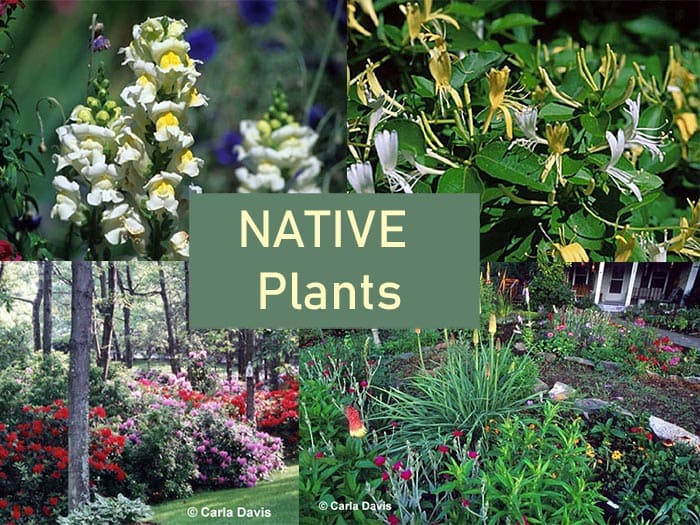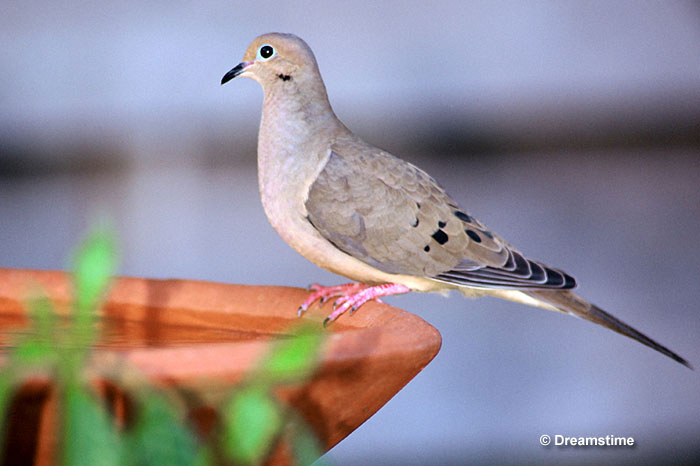
New York Plants for Wildlife Habitat & Conservation Landscaping
The following are WindStar Wildlife Institute’s plant recommendations for wildlife habitats in New York:
Trees
Tall–Pitch Pine, Oaks, American Holly, Atlantic White Cedar, Box Elder, River/Paper/Gray Birch, Mockernut Hickory, American Beech, White/Green Ash, Black Walnut, Striped Maple
Short–Sand-cherry, Persimmon, Dwarf White Birch, Dogwoods, Winterberry, Smooth Shadbush, PawPaw

When you go bird watching in New York, you can easily spot Doves in the area.
Shrubs
Blueberry, Possum-haw, Strawberrybush, Bayberry, Huckleberry, Sand Cherry, Dwarf Chestnut Oak, Scrub Oak, Low Bush Blueberry
Perennials
Boneset, Mountain Mint, Goldenrod, Milkweeds, Indian Paintbrush, Native Sunflowers, Cardinal Flower, Blazing Star, Native Asters, Bush Clover, Wild Blue Lupine
Grasses
Side Oats Grama, Northern Reedgrass, Pennsylvania Sedge, Marsh Bluegrass, Northern Bentgrass, Spikerush, Panic Grass, Little and Big Bluestem, Indian Grass
Vines
American Bittersweet, Wild Grape, Virgin’s Bower, Trumpet Honeysuckle
Groundcovers
Foamflower, Bearberry, Bunchberry, Checkerberry, Partridgeberry, Lowbush Blueberry, Wild Strawberry
The geography of New York is diverse. The highest, most rugged mountains, the Adirondack Mountains are located in the northern part of the state between Lake Champlain in the east and Lake Ontario in the west. The St. Lawrence-Champlain lowlands can be found on the shores of Lake Ontario and running northeast along the St. Lawrence River and the Canadian border. South of the Adirondack uplands, the Hudson-Mowhawk lowland follows the rivers north and west. This area is from 10 to 30 miles wide. In the southeast is the Atlantic coastal plain. and to the west of the Hudson River are the Appalachian Higlands which extend west toward Lake Erie. This area includes the Catskill Mountains and the Finger Lakes. Further west is the Erie-Ontario lowlands as New York slopes toward these two Great Lakes. The New York Flora Association can provide lists of plants for a specific region.
For more information on improving your wildlife habitat, visit the WindStar Wildlife Institute web site. On the web site, you can also apply to certify your property as a wildlife habitat, register for the “Certified Wildlife Habitat Naturalist e-Learning course, become a member and sign up for the FREE WindStar Wildlife Garden Weekly e-mail newsletter.

